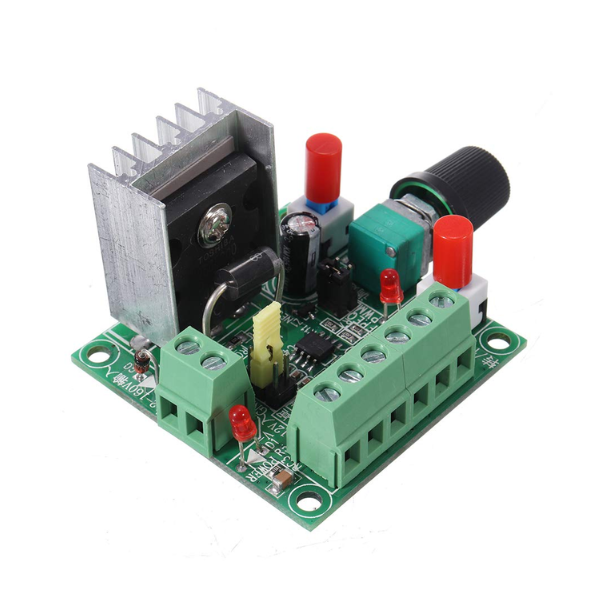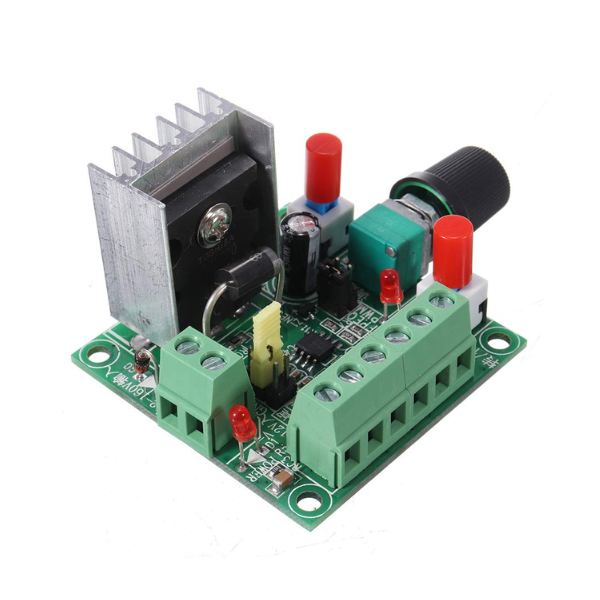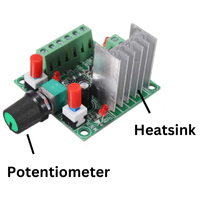
DSM Online Support
Support Master
Welcome to DSM Online
How can I help you today
How can we assist you? please let us know the support you need from DSM Online








Category: Stepper Motors
SKU: 2187
Description:
This type of controller is a versatile electronic device designed to control the operation of stepper motors. It provides precise control over the motor's speed, direction, and step size, making it suitable for a wide range of applications.
Key Features:
Applications:
DATA SHEET AND USECASE
Key Features:
Pulse Frequency Generation: The controller can generate pulse frequency signals to drive stepper motors. It offers three selectable frequency ranges: